Growing up on the North Olympic Peninsula in Washington State, I spent a lot of time around the Elwha River. Whether it was hiking in the Olympic National Park on the Elwha River Trail, fishing on Lake Mills, collecting rocks on gravel bars at the various river access points, or stopping on the way up to Olympic Hot Springs, it was always a special place to visit. As a result, I think of the Elwha much in the same way I would think of an old friend. I always enjoy getting together for a visit, and I am happy to see it doing well and thriving.
I first started paying attention to the Elwha dam removal project when I
was in college studying environmental horticulture and natural resource
sciences. I had a summer internship with the Lower Elwha Klallam
Hatchery collecting data on vegetative restoration sites around the west
end of the peninsula, and the focus often tied in to gearing up for dam
removal. I had big plans to get my degree and come back to make my
life’s work out of the re-vegetation of the river, but life had other
plans for me. I graduated college with twin two-year-olds and settled down in Oregon raising them. Still, I have followed the dam removal efforts closely,
celebrating the removal of the Elwha dam in 2011 and the draining of
Lake Aldwell, and finally the removal of the Glines Canyon dam in 2014.
was in college studying environmental horticulture and natural resource
sciences. I had a summer internship with the Lower Elwha Klallam
Hatchery collecting data on vegetative restoration sites around the west
end of the peninsula, and the focus often tied in to gearing up for dam
removal. I had big plans to get my degree and come back to make my
life’s work out of the re-vegetation of the river, but life had other
plans for me. I graduated college with twin two-year-olds and settled down in Oregon raising them. Still, I have followed the dam removal efforts closely,
celebrating the removal of the Elwha dam in 2011 and the draining of
Lake Aldwell, and finally the removal of the Glines Canyon dam in 2014.
I had been eager to see the Elwha as a free flowing rive since the
Glines Canyon Dam came out, and make it a priority destination on our
spring break trip up to the Olympic Peninsula. The road had washed out
in winter storms at the Elwha Campground, but the hike from the National
Park entrance was only around 3 miles and had just opened to foot
traffic with a foot path bypassing the washout and road work, so we decided to make a hike of it. We went with some local, long-time friends who were just as excited about these changes for the Elwha. Lindsey is a friend from high school, and his partner Carolyn is an outdoor eco-tour guide with Experience Olympic, so this not only a fun excursion, but a practise run for her to see what the hike was like along the road for an upcoming tour group. Carolyn offers informative and fun adventures throughout the Olympic National Park, and I can’t recommend her tours highly enough! The last time we were visiting the Olympic Peninsula two years ago, we hiked with her up the Elwha to Humes Ranch and got to see some wildlife up close with her spotting scope.
Glines Canyon Dam came out, and make it a priority destination on our
spring break trip up to the Olympic Peninsula. The road had washed out
in winter storms at the Elwha Campground, but the hike from the National
Park entrance was only around 3 miles and had just opened to foot
traffic with a foot path bypassing the washout and road work, so we decided to make a hike of it. We went with some local, long-time friends who were just as excited about these changes for the Elwha. Lindsey is a friend from high school, and his partner Carolyn is an outdoor eco-tour guide with Experience Olympic, so this not only a fun excursion, but a practise run for her to see what the hike was like along the road for an upcoming tour group. Carolyn offers informative and fun adventures throughout the Olympic National Park, and I can’t recommend her tours highly enough! The last time we were visiting the Olympic Peninsula two years ago, we hiked with her up the Elwha to Humes Ranch and got to see some wildlife up close with her spotting scope.
You can read about that adventure here: Hiking the Elwha with Experience Olympic Tours.
Hiking along the road was easy going, and the added effort made this visit to the former dam site a little more special than just driving up to it.
Walking up to the top of the overlook and seeing an empty Lake Mills with the Elwha winding through the bottom was hands-down one of the most moving experiences of my lifetime. It felt like I was seeing a part of history and a glimpse of the future all at the same time. A river without a dam is a beautiful thing.
Seeing the wide open space where the Glines Canyon Dam used to be was no less impressive.
Walking out to the edge, and looking down at the Elwha River flow unencumbered through the 200 foot deep Glines Canyon, it was almost hard to believe there was ever a dam there in the first place or remember what Lake Mills looked like. The word “restoration” has become so scientific in it’s function and meaning for me, that it takes some effort to step back and think about what it means “to restore” what has been. It’s a pretty powerful thing to think about, going beyond science and ecology and the occupations involved in this work. The fact that things even CAN be restored is pretty amazing as well. Obviously the Elwha has a ways to go, but it is now moving freely in the right direction.
After taking it all in from the overlook, we followed a trail down into the newly formed river bottom. The veg crew and Mother Nature had been busy, and young plants were growing everywhere. There were small ponds and stands of alder beginning to take shape. We decided to stop and enjoy our picnic lunch on a sunny gravel bar. I decided right then that I need to come back and camp out here the next time I’m in the area.
Almost the entire time we were the old reservoir bottom, we were serenaded by the chorus of tree frogs. Carolyn said this was the first time she had heard tree frogs in this area, and it was an excellent sign for the ecosystem. Seeing how nature is taking back the Elwha valley gives me a lot of hope for the future in the bigger picture. The more studies and reports that come out about climate change, the more clear it becomes that change is inevitable and we’d better get to work if we want those changes to be positive. If we can collaborate on a project like the Elwha, and undo something that has had such a negative impact on the environment, we can certainly do more. And more is being done. There were over 50 dams removed in the U.S. in 2015, and more are in the works. I just heard the good news this week of the signing of two Klamath Basin Agreements that include the removal of four dams by 2020, and a major river restoration project. Moving forward with positive changes often starts with removing obstacles that we don’t need in our way. You could say that a river needs a dam about as much as a fish needs a bicycle, and both need to move freely to move forward.
Here are a few links where you can learn more about the Elwha River dam removal and restoration:
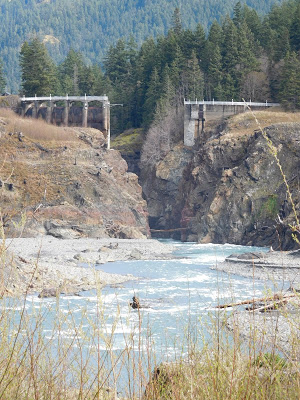
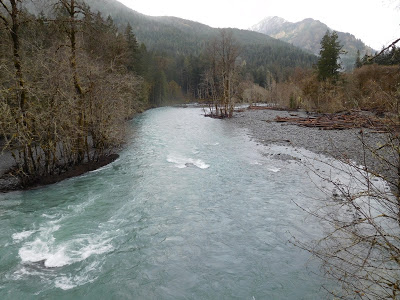
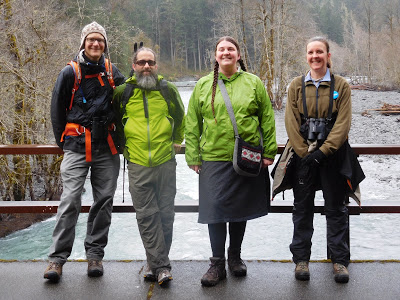
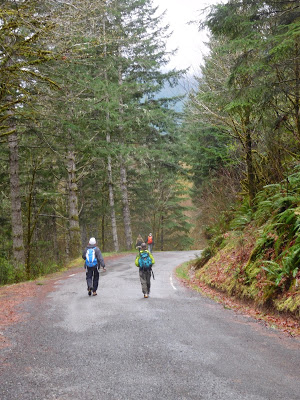
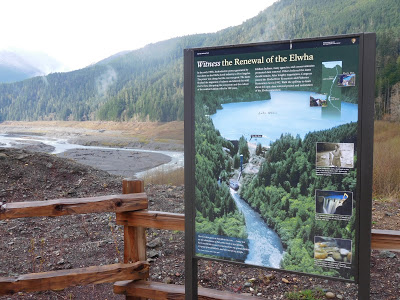
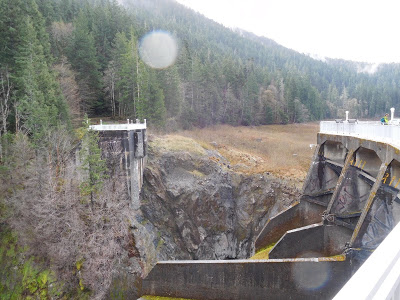
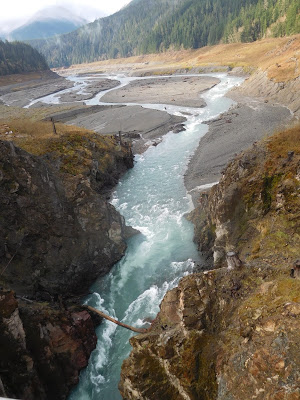
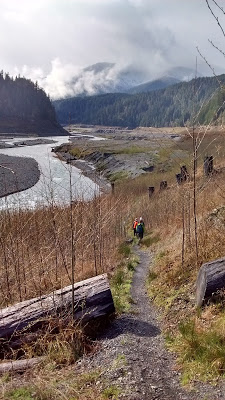
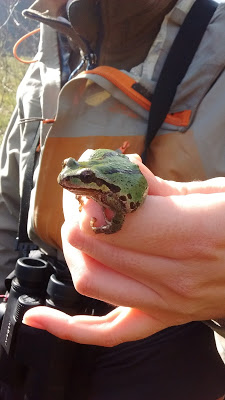
Leave a Reply